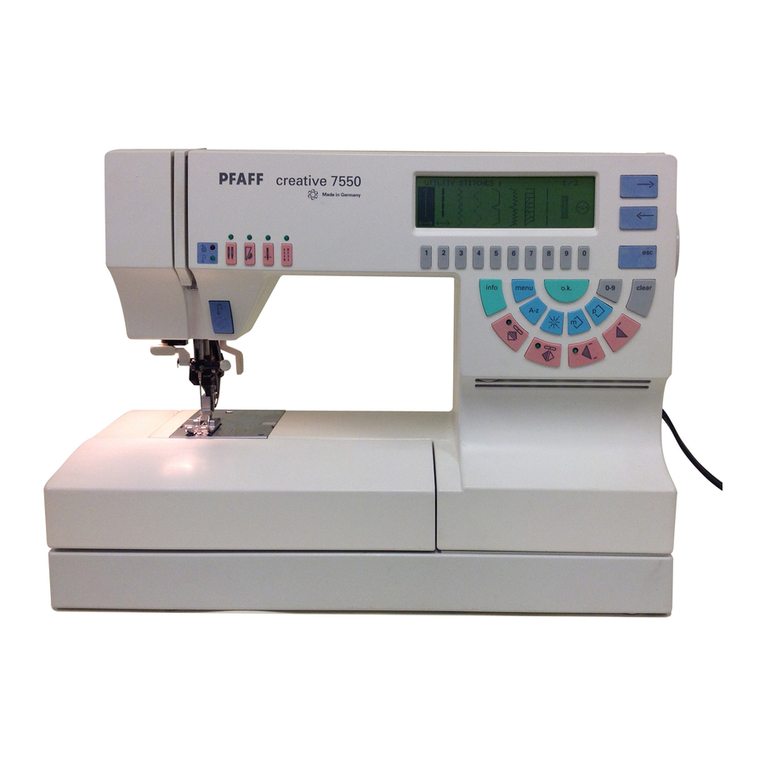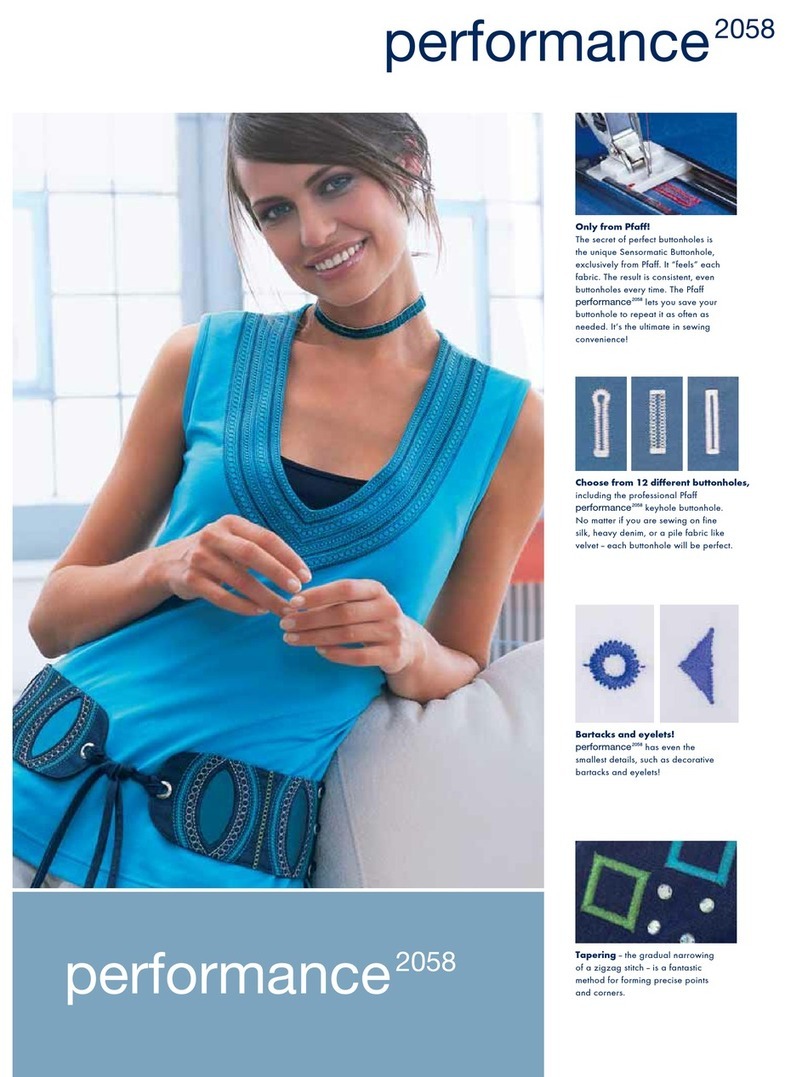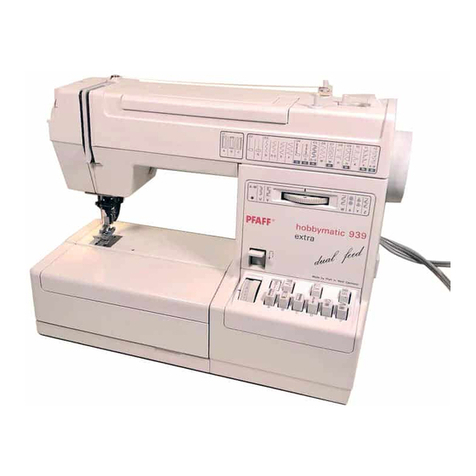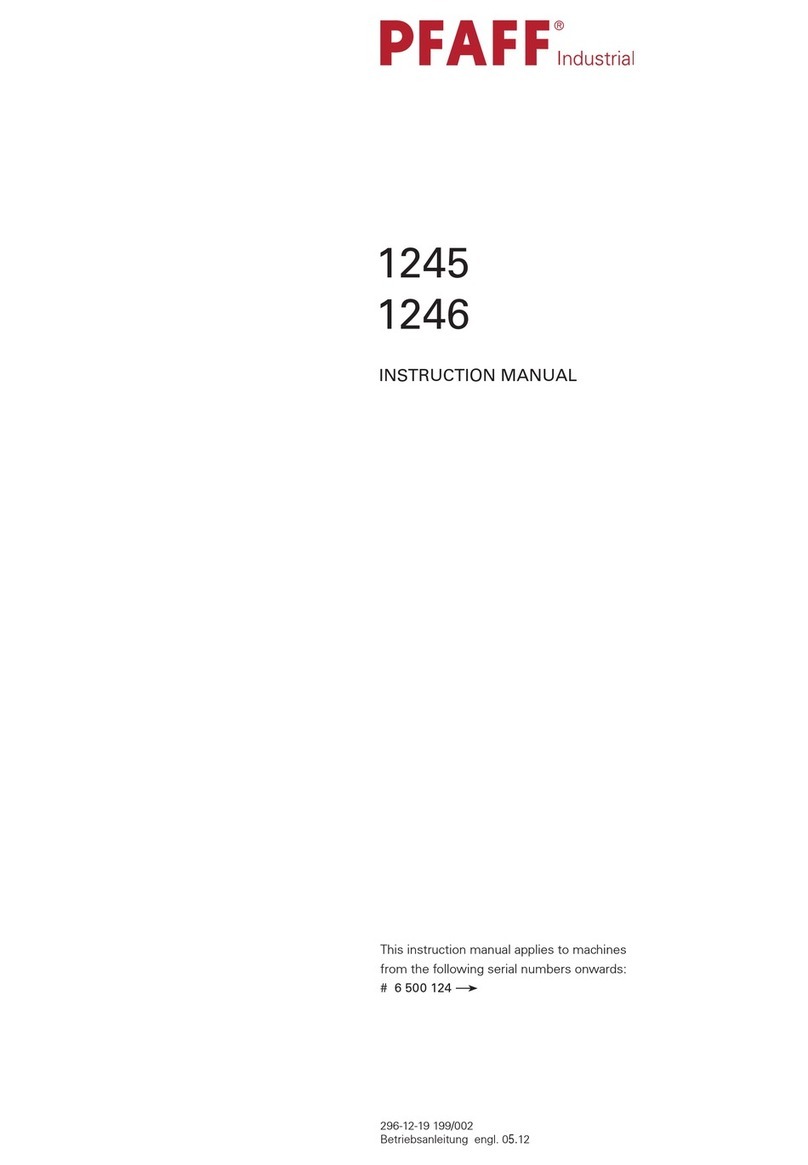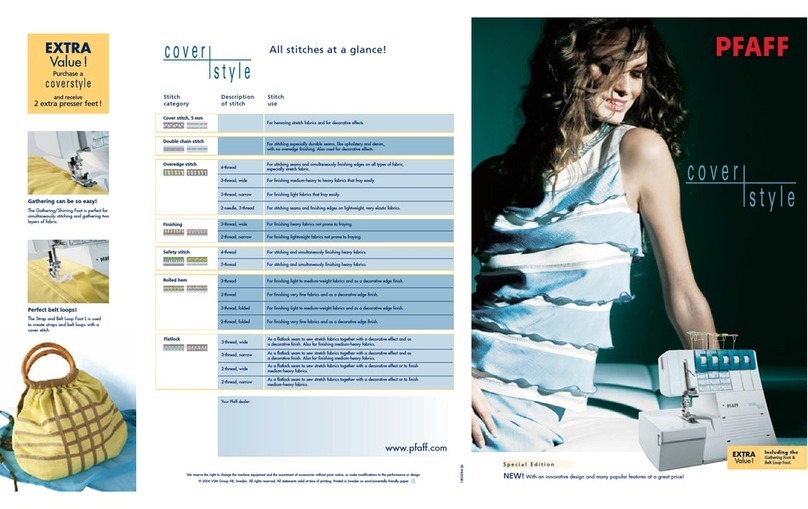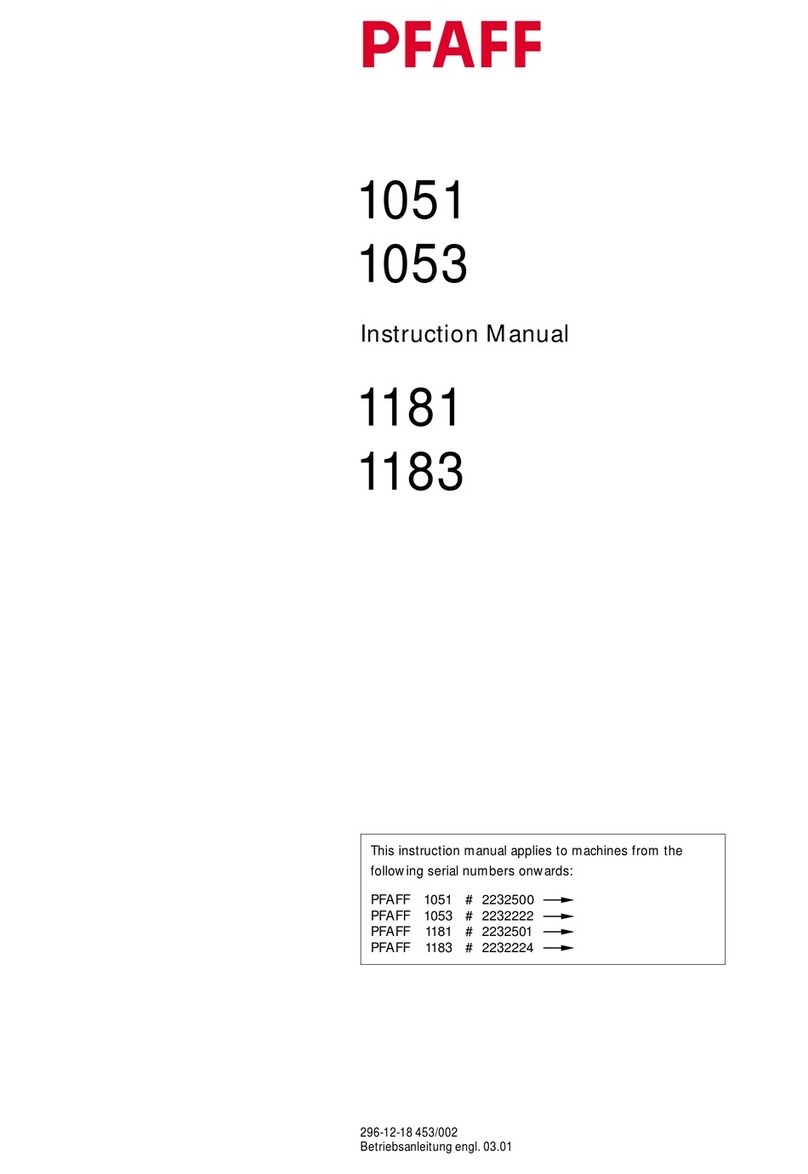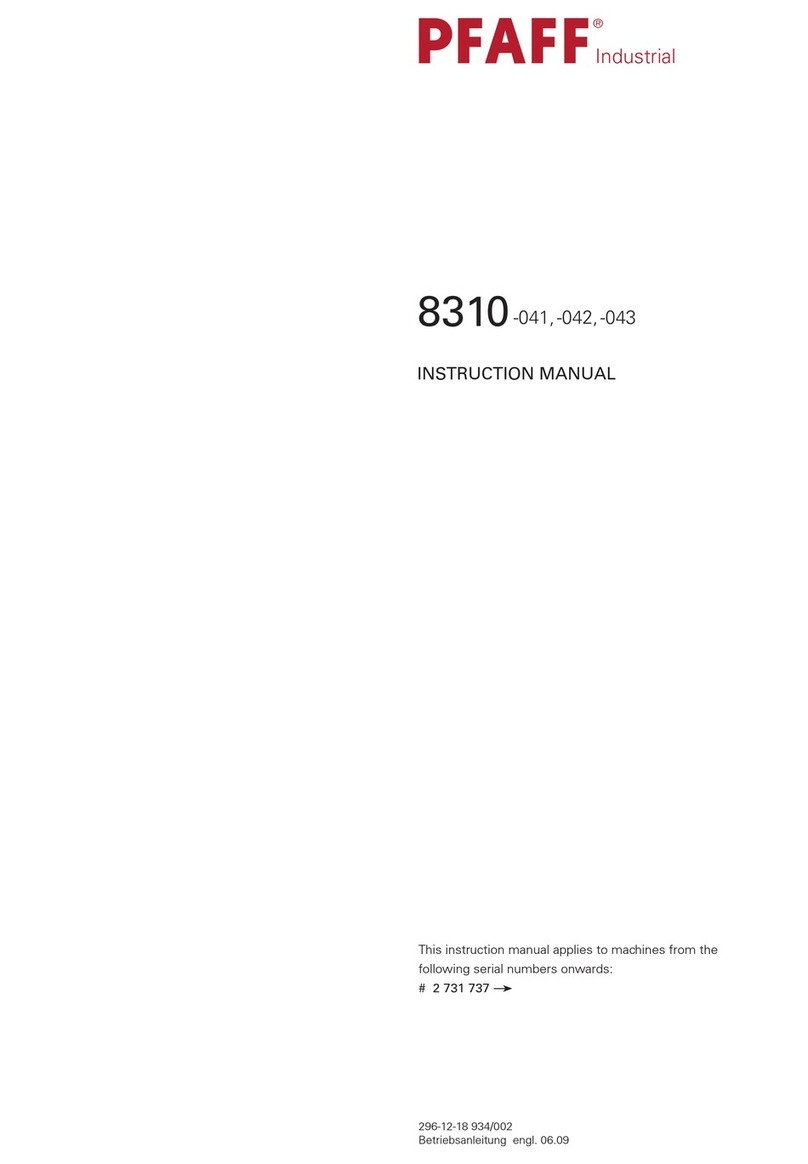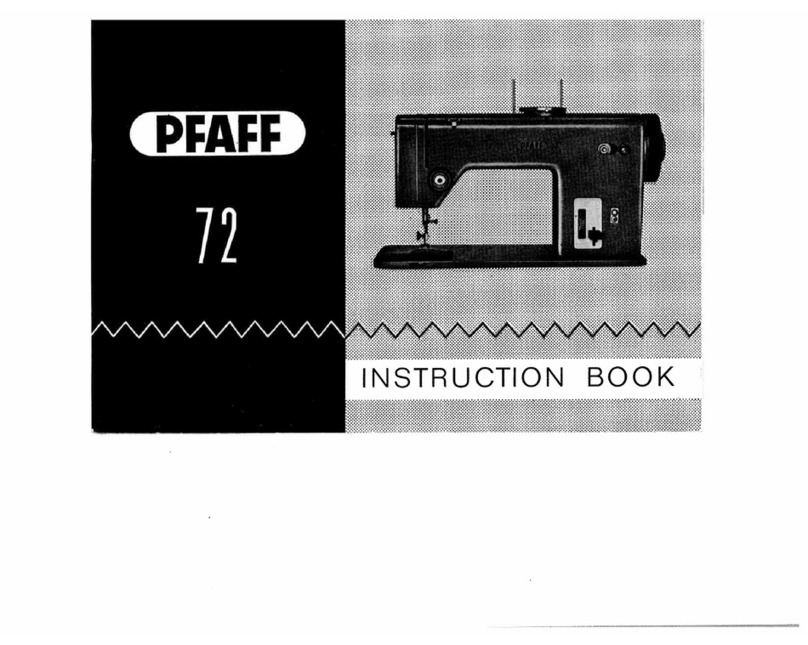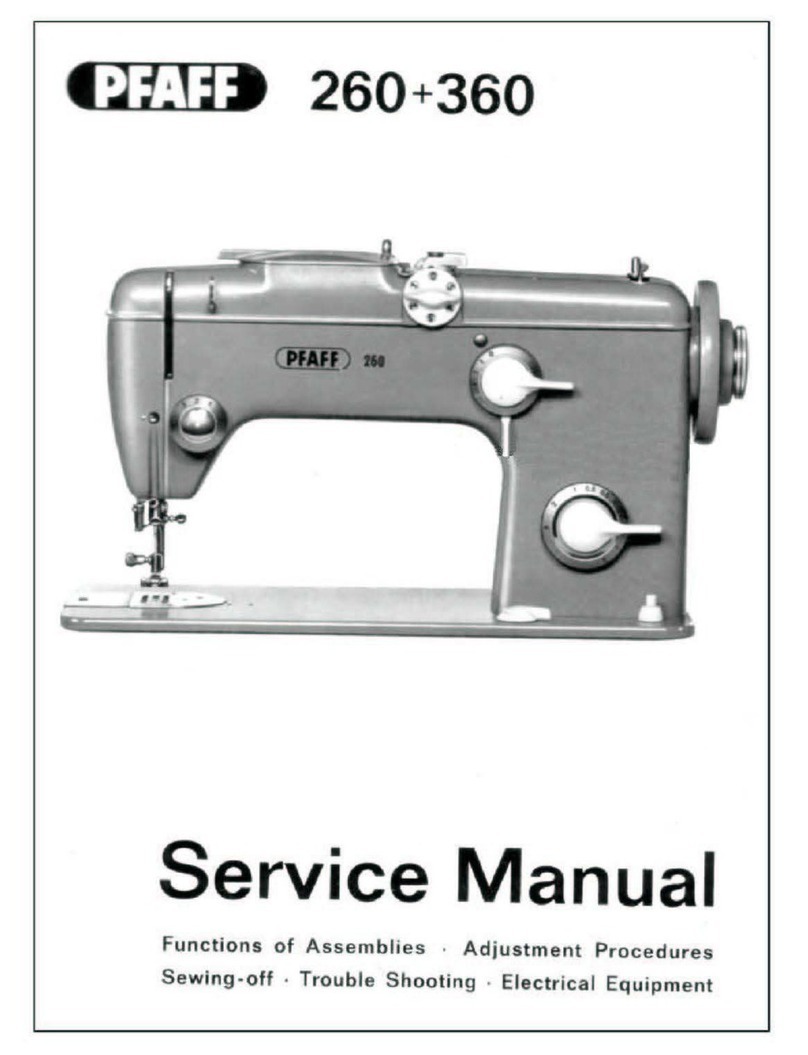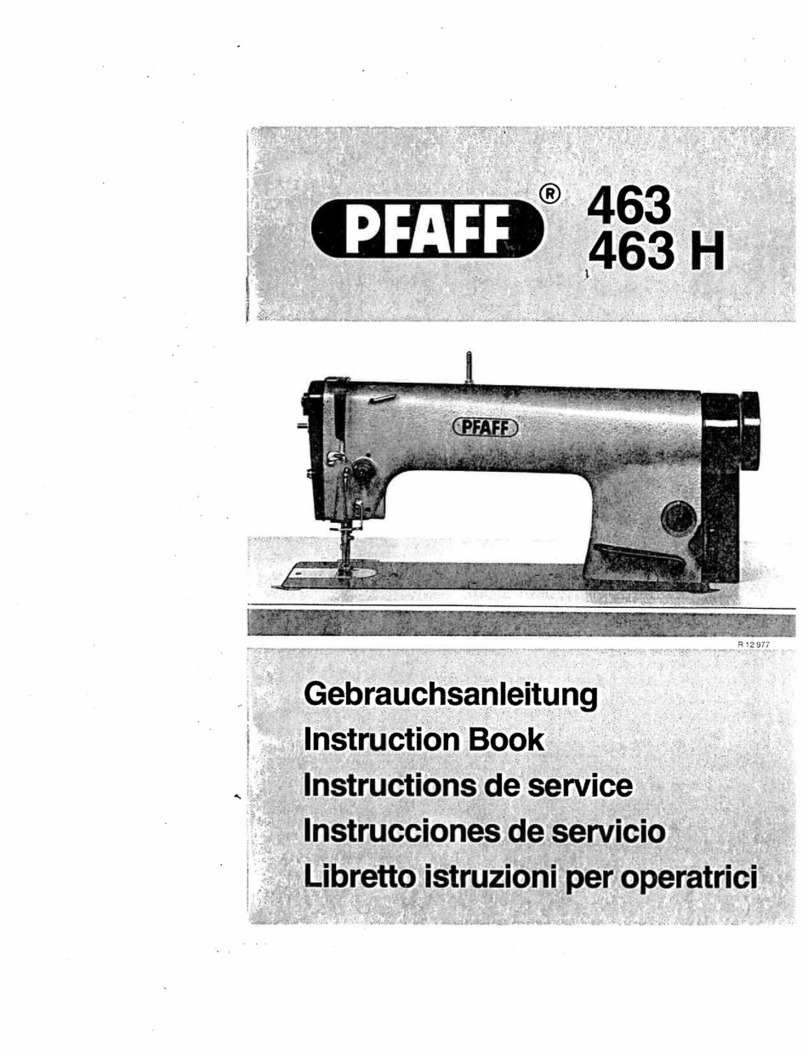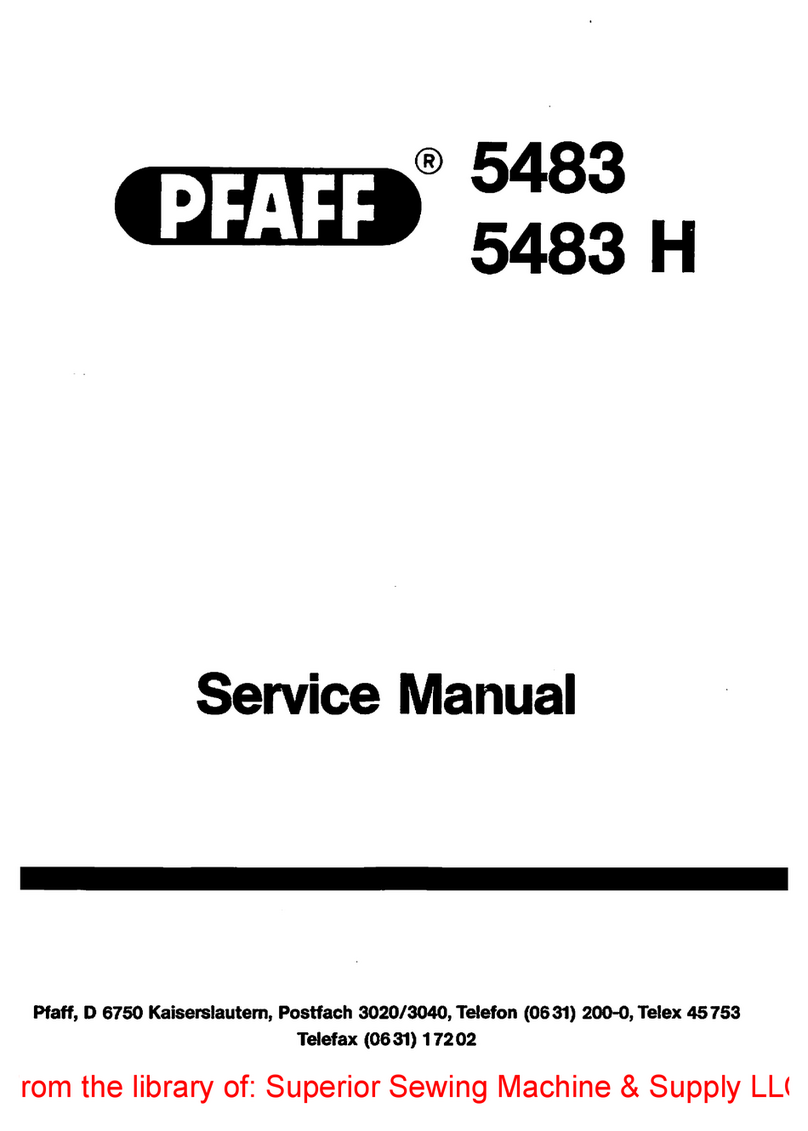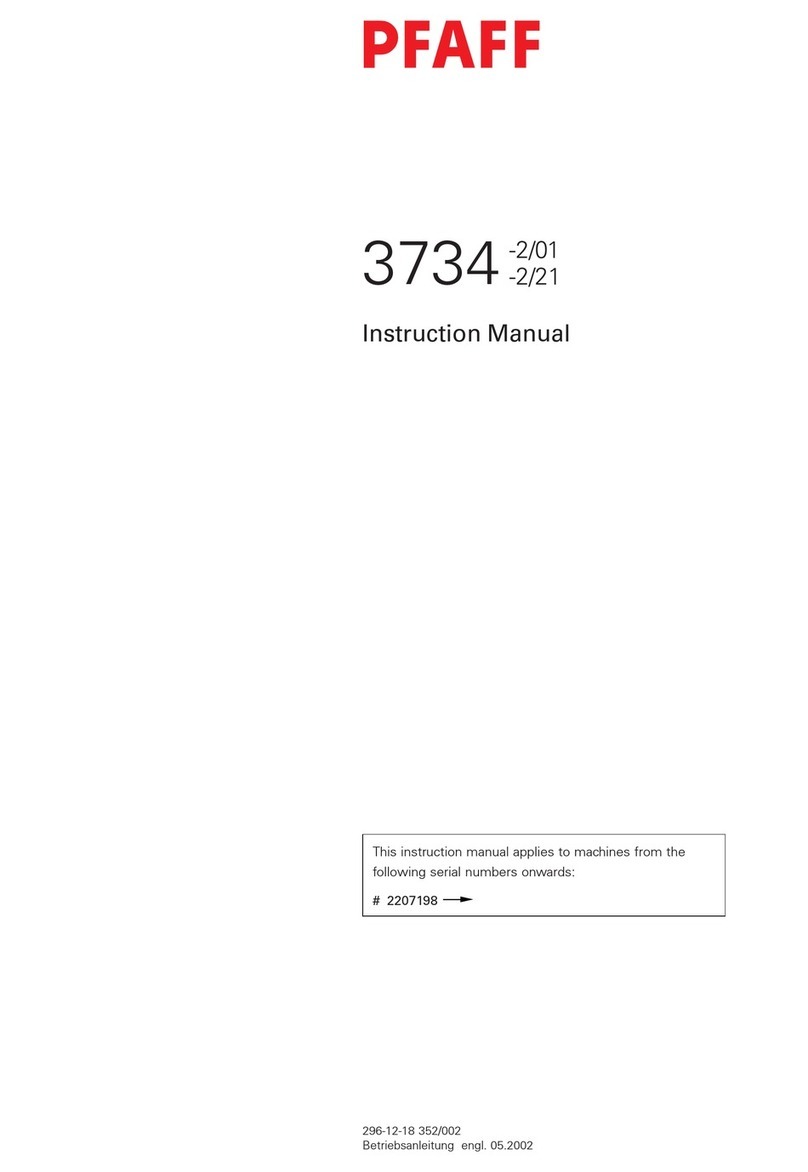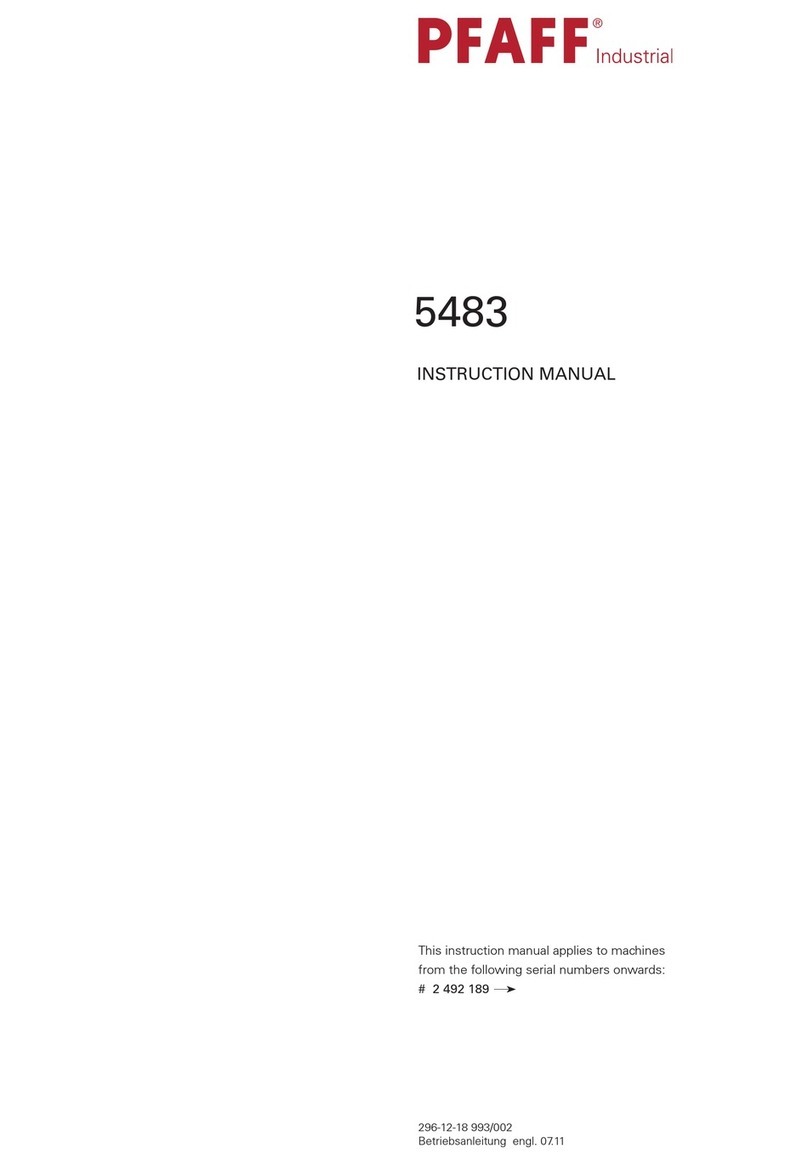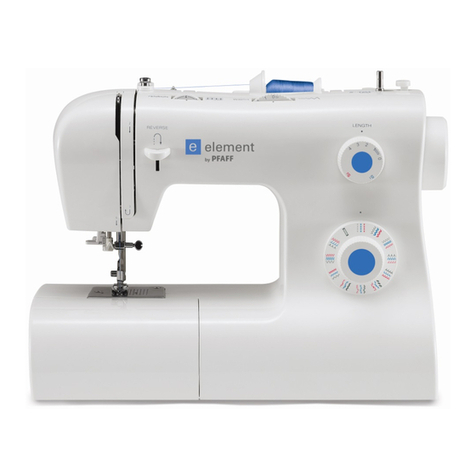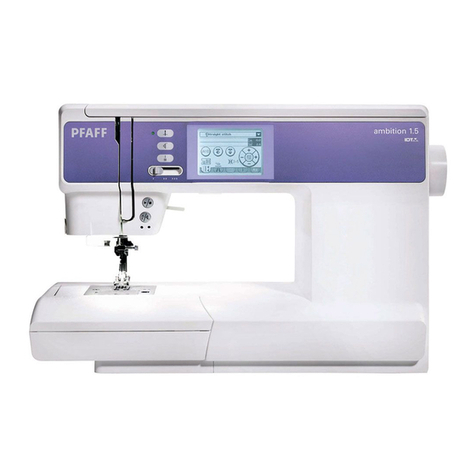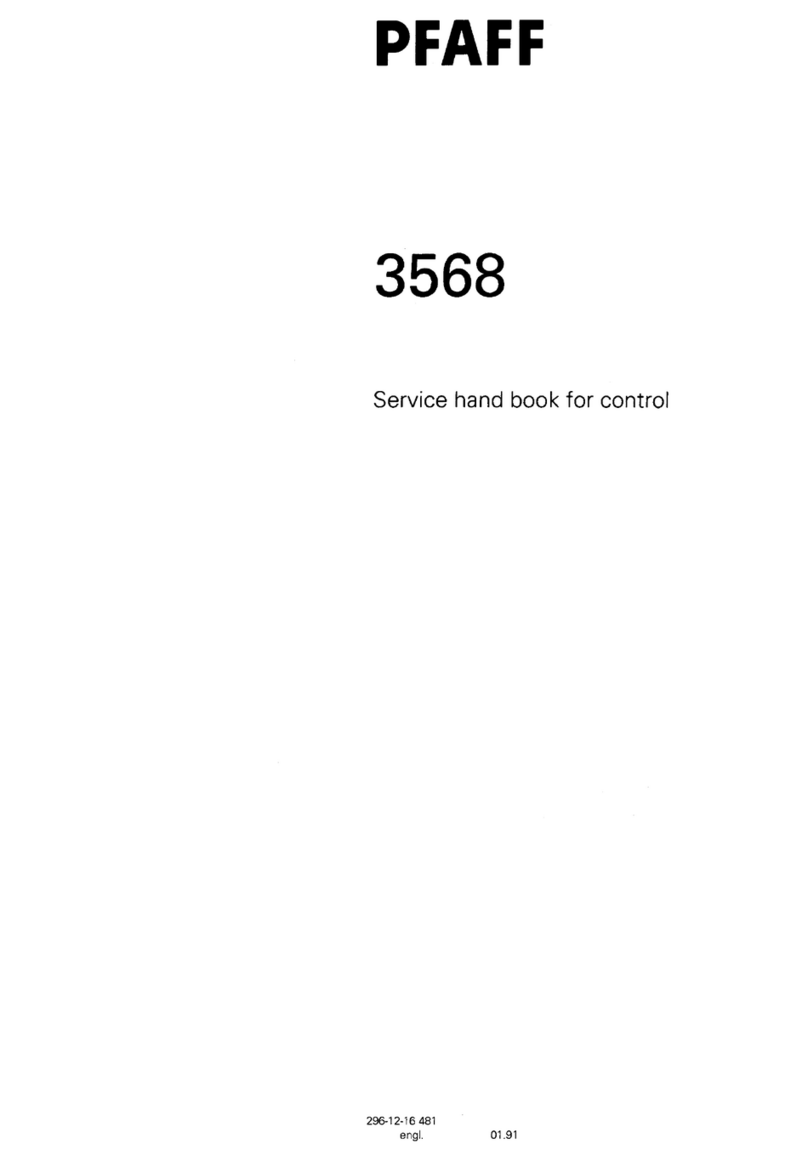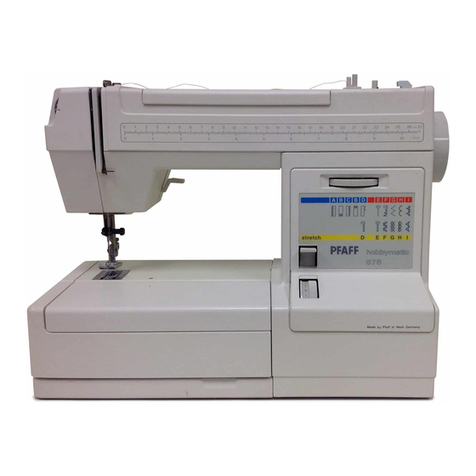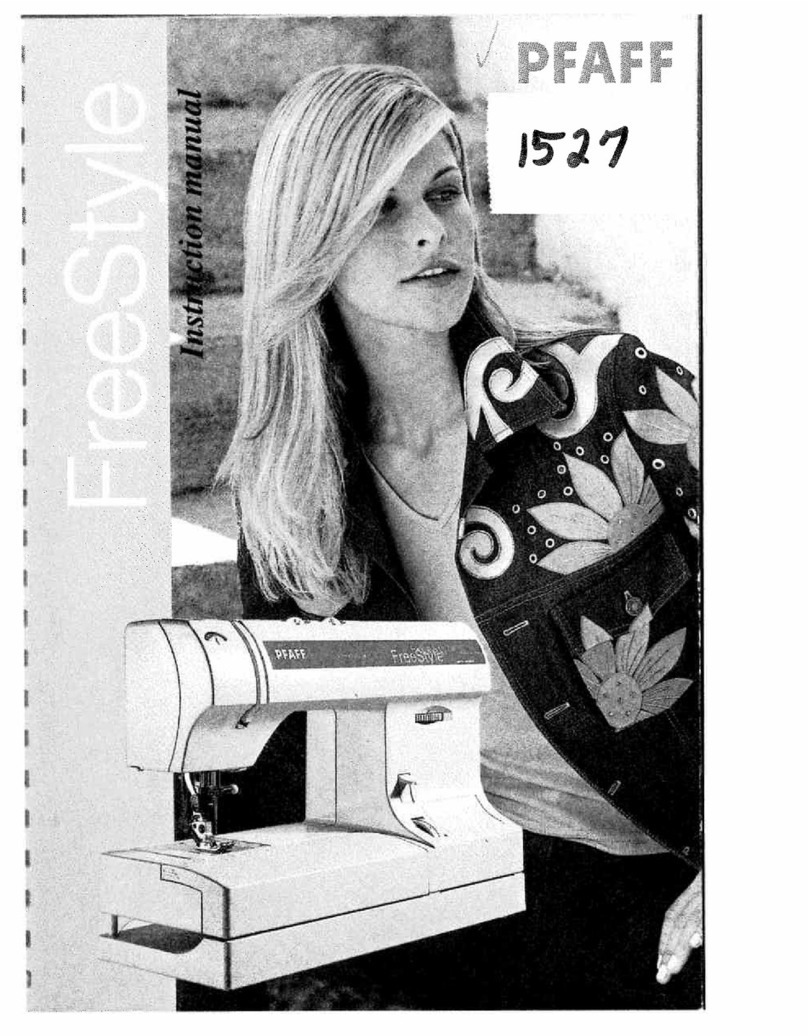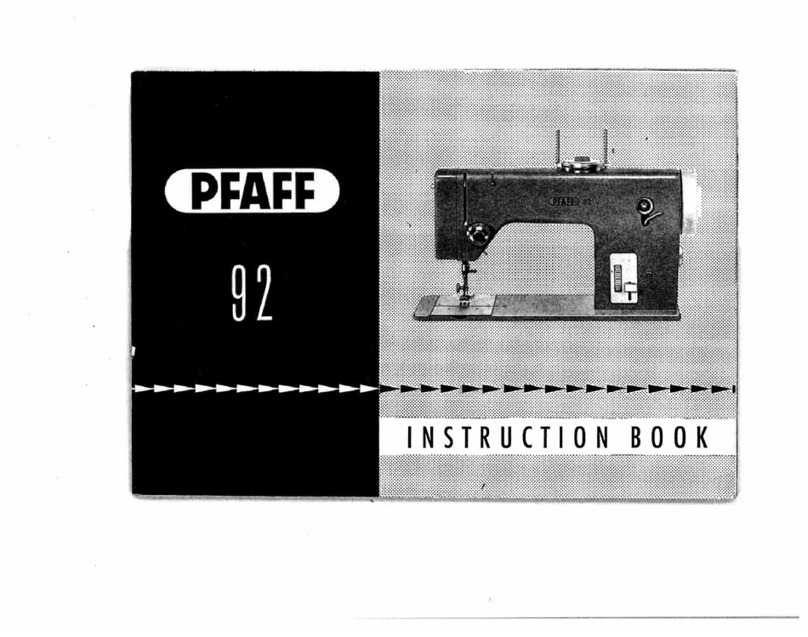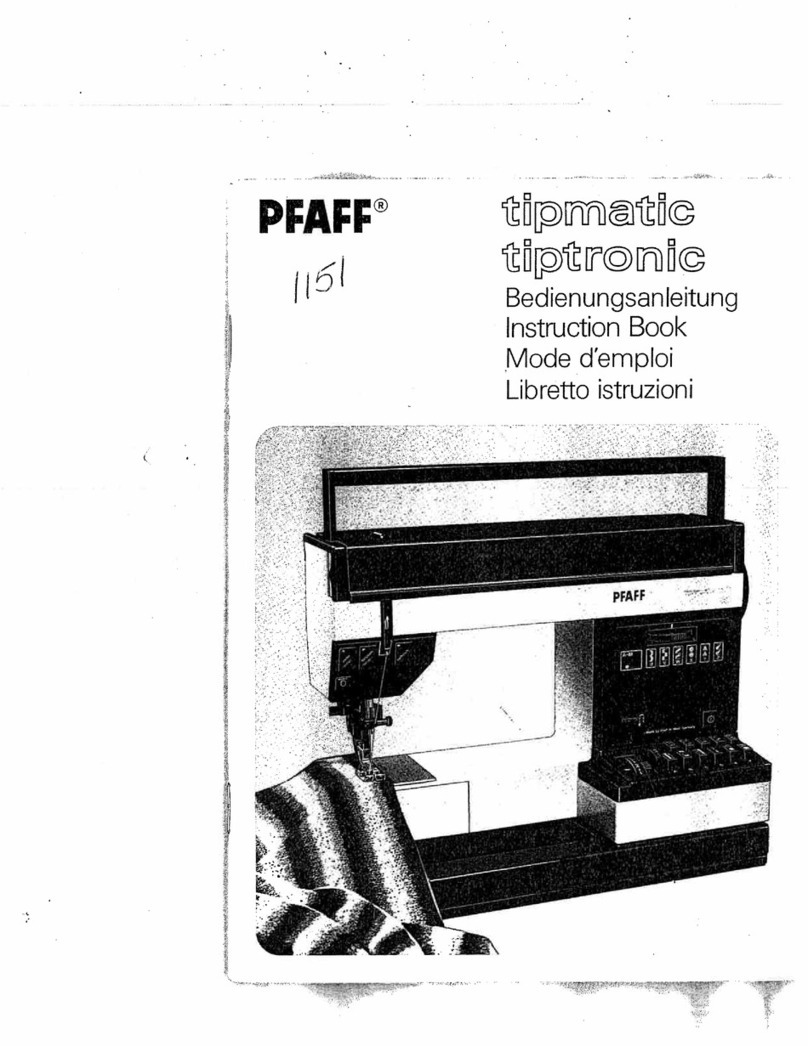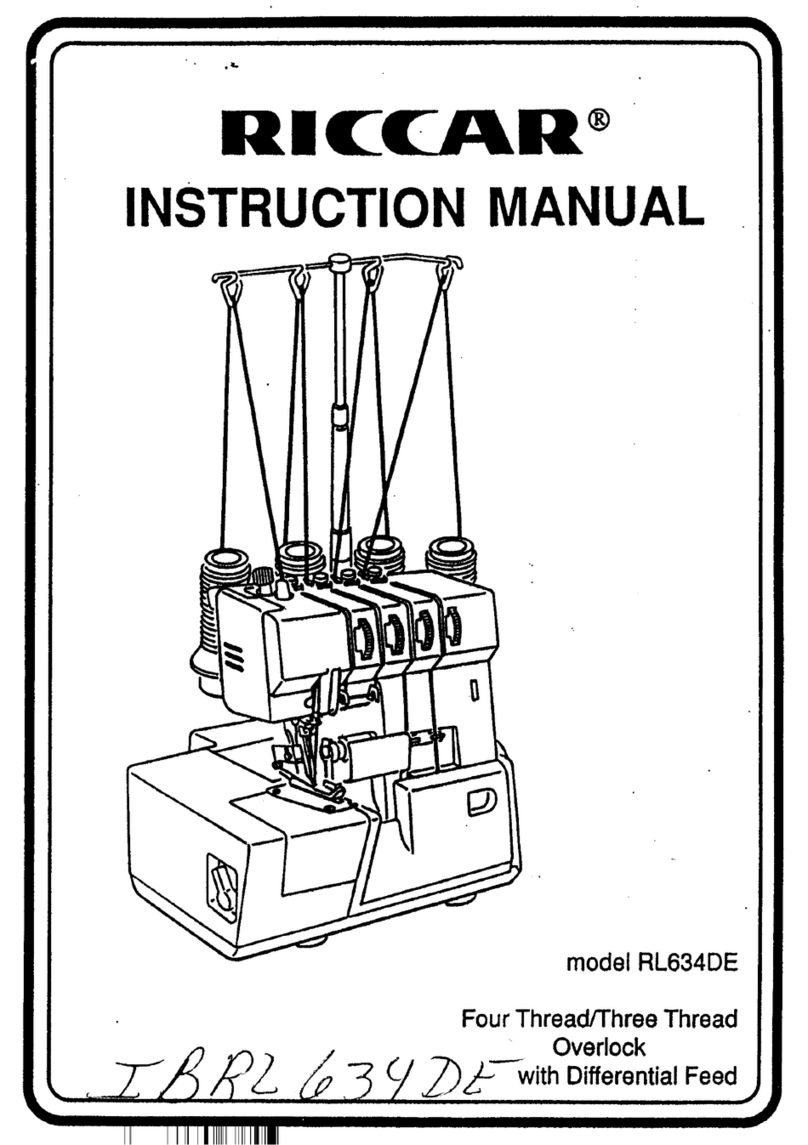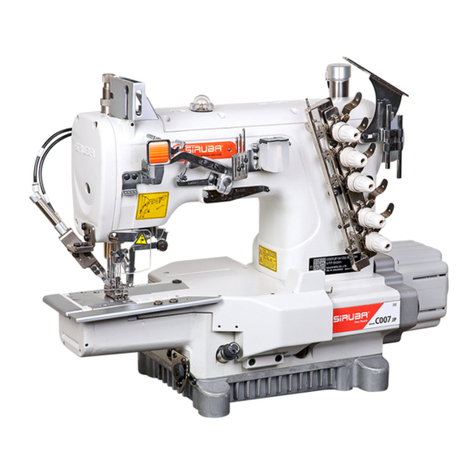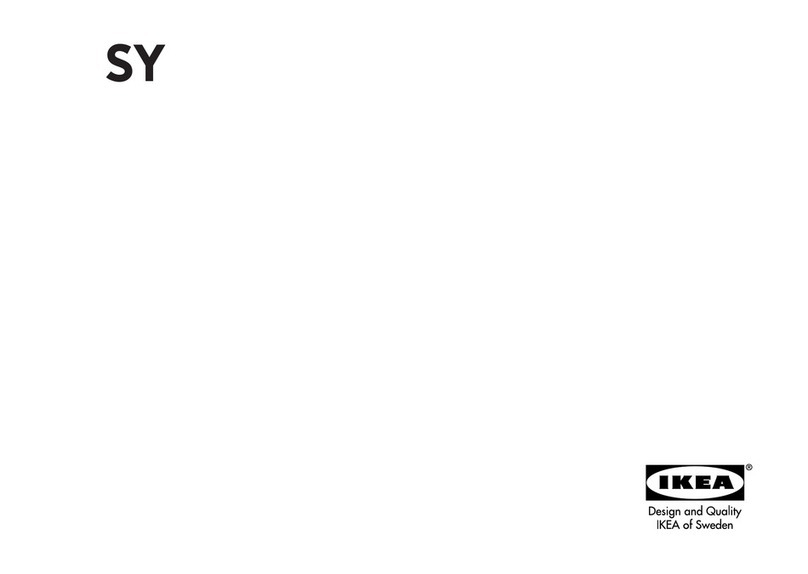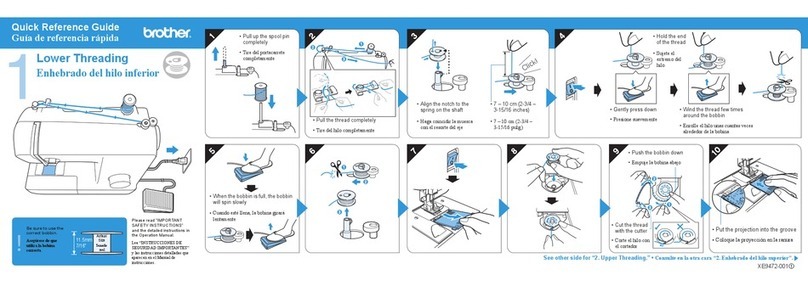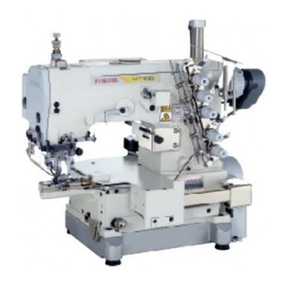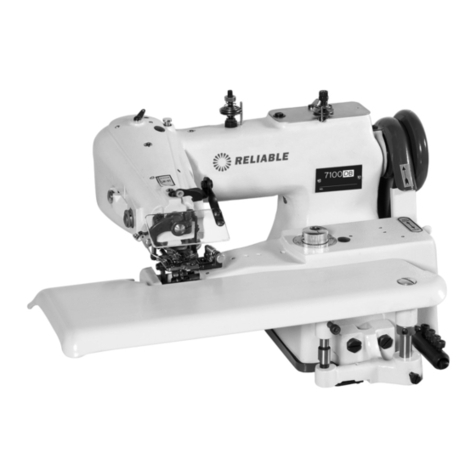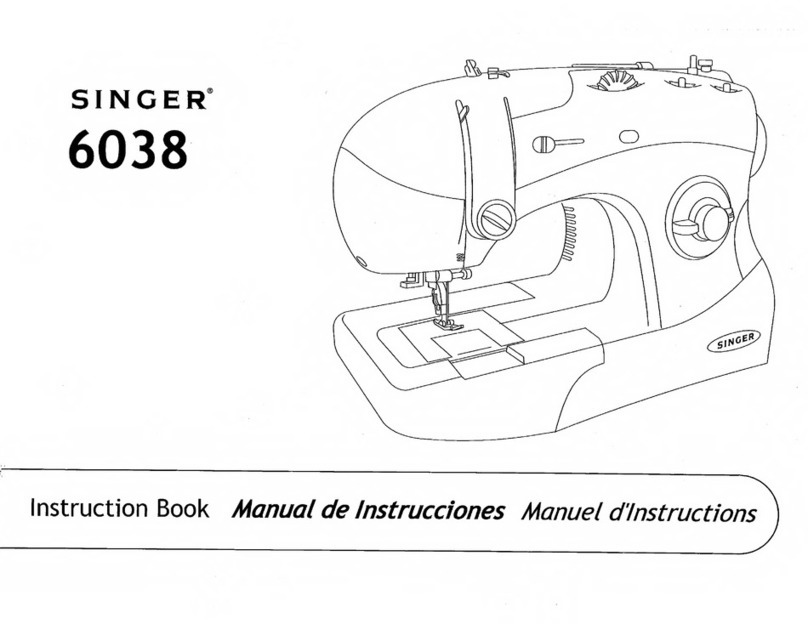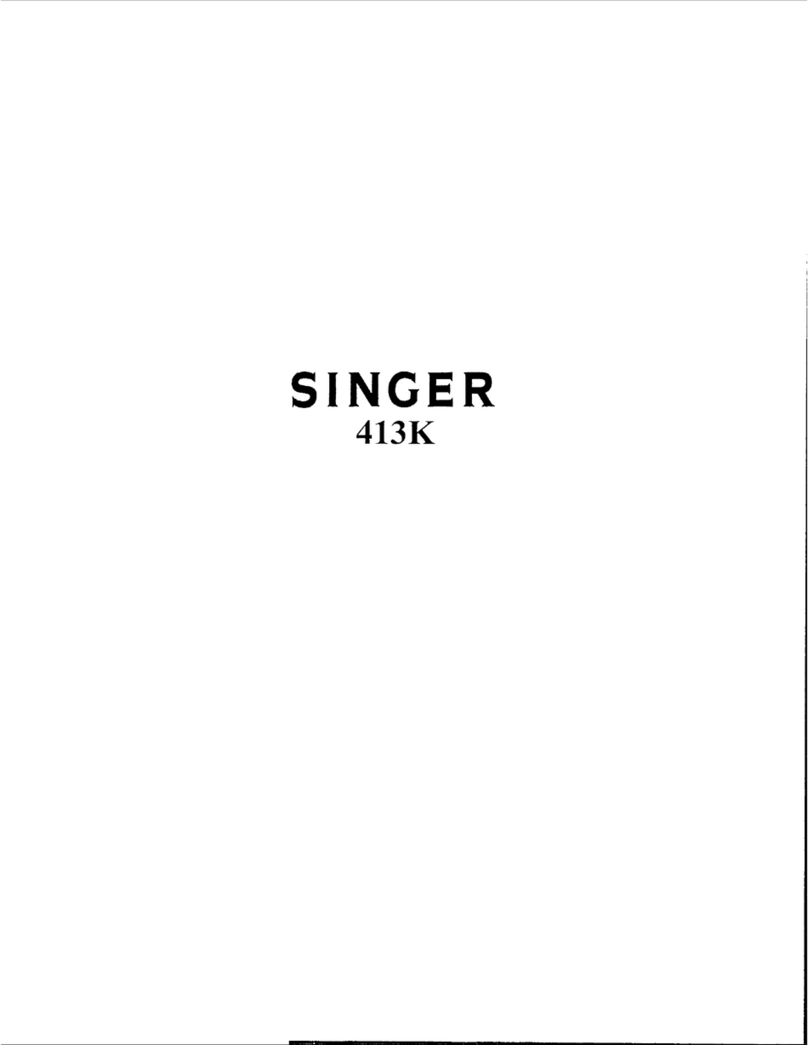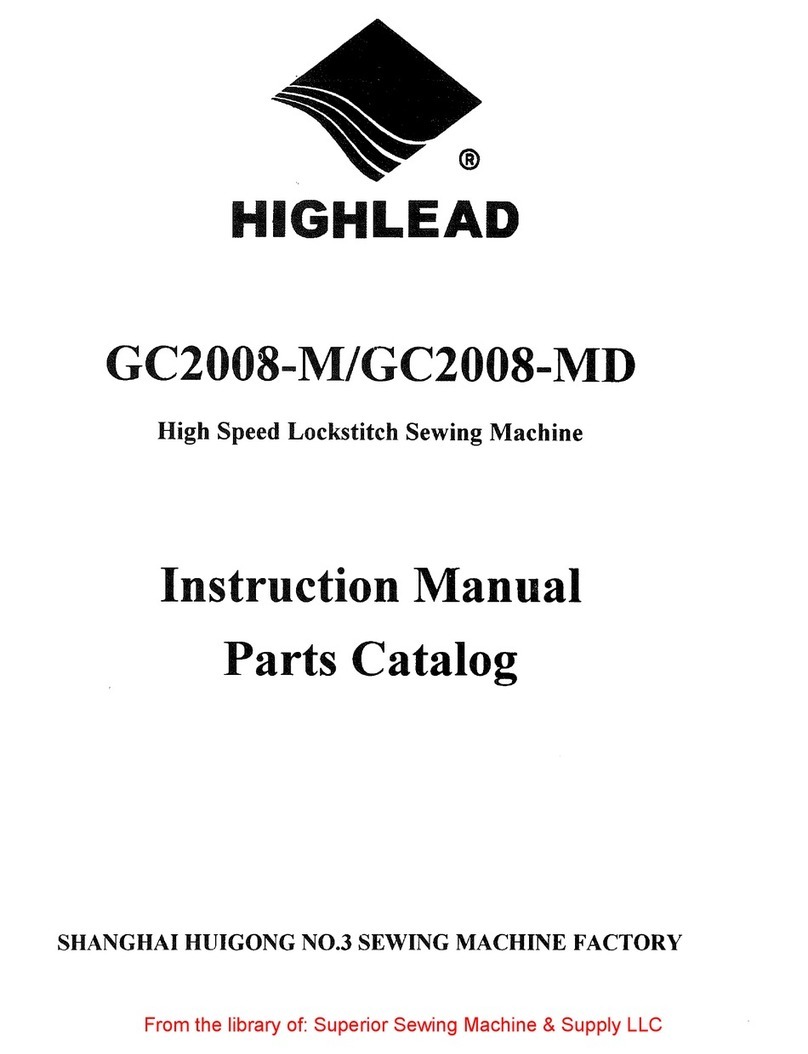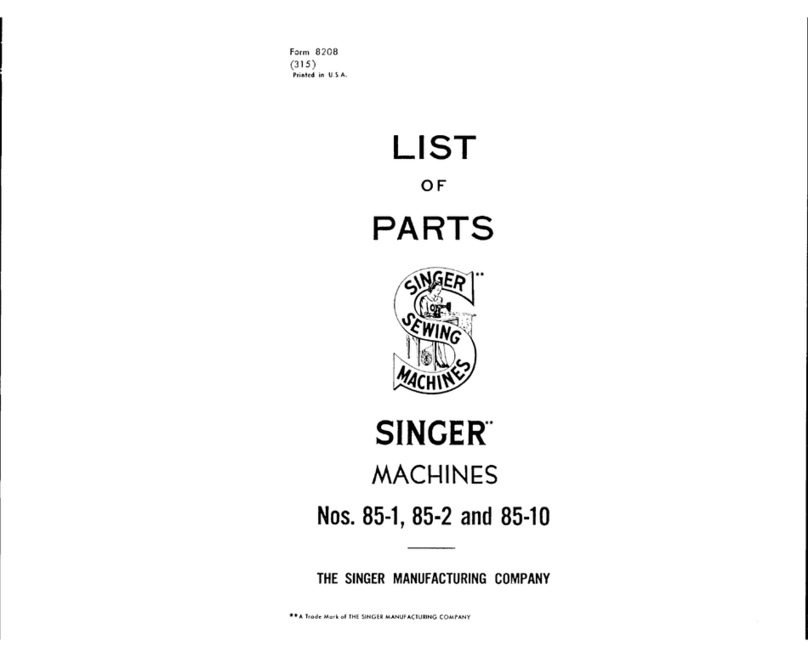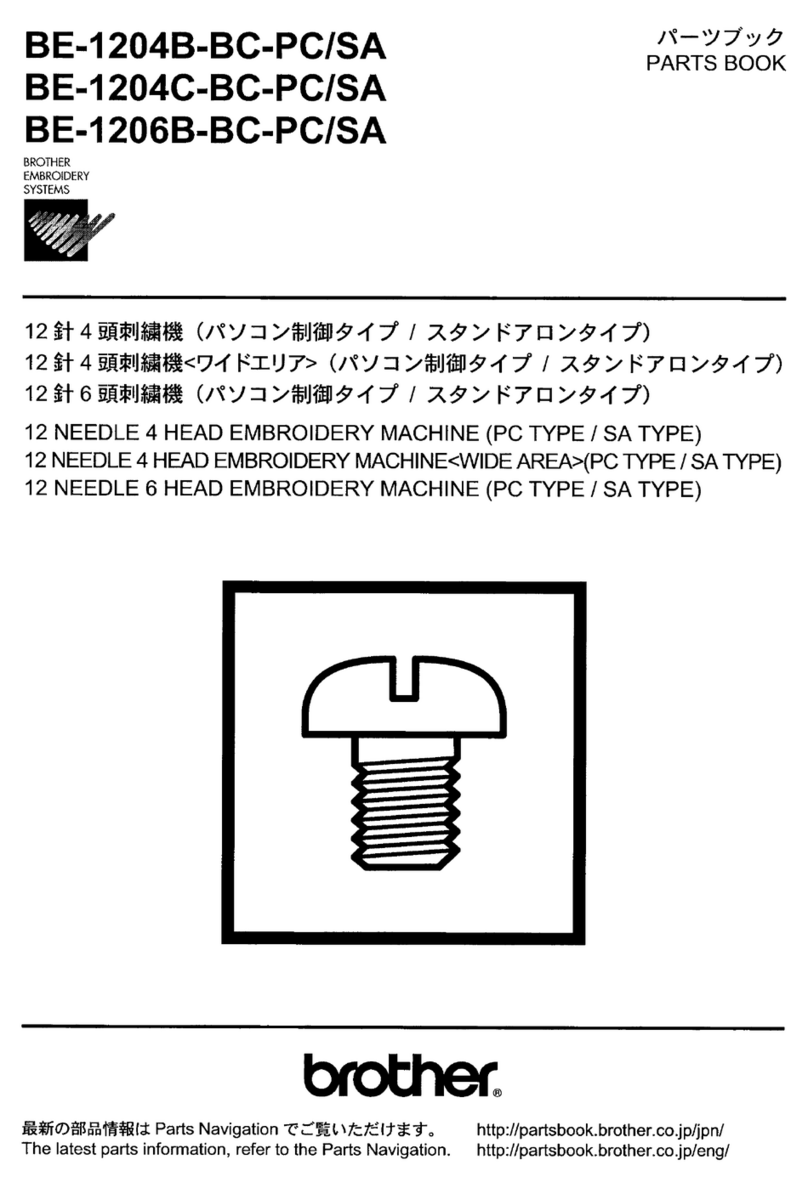Index
Contents ................................................................................. Chapter - Page
13.05.03 Needleinneedle-holecentre .........................................................................................13 - 5
13.05.04 Neutral position of the bottom feed dog ........................................................................13 - 6
13.05.05 Play of the feed reverse key .........................................................................................13 - 7
13.05.06 Feeding motion of the bottom feed dog ........................................................................13 - 8
13.05.07 Lifting motion of the bottom feed dog ...........................................................................13 - 9
13.05.08 Height of the bottom feed dog ......................................................................................13 - 10
13.05.09 Clearance between presser foot and needle plate.........................................................13 - 11
13.05.10 Stop in relation to the presser foot ................................................................................13 - 12
13.05.11 Top feed driving and connecting lever ...........................................................................13 -13
13.05.12 Neutral position of the top feed dog ..............................................................................13 -14
13.05.13 Feeding motion of the top feed dog...............................................................................13 - 15
13.05.14 Front linkage rod to top feed drive .................................................................................13 - 16
13.05.15 Top feed stroke.............................................................................................................13 -17
13.05.16 Lifting motion of the top feed dog .................................................................................13 - 18
13.05.17 Stitchlengthadjustment ...............................................................................................13 - 19
13.05.18 Stitchlength limitation ..................................................................................................13 - 20
13.05.19 Basic setting of the differential adjustment device........................................................13 - 21
13.05.20 Lifting height of presser foot with automatic presser foot lift.........................................13 - 22
13.05.21 Eccentric hook shaft bearing and hook-to-needle clearance ..........................................13 - 23
13.05.22 Needle bar rise, readjustment of the needle height and bobbin case position stop ...................13 - 24
13.05.23 Bobbinopenerheight ....................................................................................................13 - 25
13.05.24 Adjustmentofthe bobbin opener ..................................................................................13 - 26
13.05.25 Bobbin case opener ......................................................................................................13 - 27
13.05.26 Needlethreadtensionrelease .......................................................................................13 - 28
13.05.27 Thread check spring .....................................................................................................13 - 29
13.05.28 Bobbinwinder ..............................................................................................................13 - 30
13.05.29 Position of the top feed dog in relation to the sewing foot .............................................13 - 31
13.05.30 Top feed dog and sewing foot pressure ........................................................................13 - 32
13.05.31 Stitchcondensation ......................................................................................................13 - 33
13.06 Adjusting the thread trimmer .................................................................................. 13 - 34
13.06.01 Pre-adjusting the control cam .................................................................................... 13 - 34
13.06.02 Roller lever ................................................................................................................. 13 - 35
13.06.03 Pawl ............................................................................................................................ 13 - 36
13.06.04 Engaging solenoid ....................................................................................................... 13-37
13.06.05 Release lever .............................................................................................................. 13 - 38
13.06.06 Engaging lever ............................................................................................................13-39
13.06.07 Lateral adjusting of the thread catcher ...................................................................... 13 - 40
13.06.08 Front reversal point of the thread catcher ................................................................. 13 - 41
13.06.09 Front reversal point of the thread catcher ................................................................. 13 - 42
13.06.10 Retaining spring ..........................................................................................................13-43
13.06.11 Knife to needle clearance ........................................................................................... 13 - 44
13.06.12 Manual trimming control ............................................................................................ 13 - 45
13.06.13 Tension release of needle thread ............................................................................... 13 - 46
13.06.14 Mounting and dismounting the control unit ............................................................... 13 - 47
